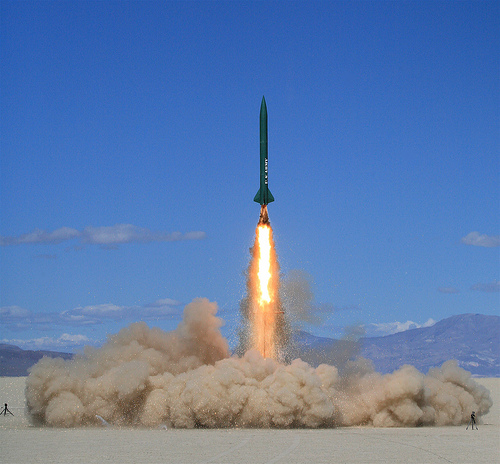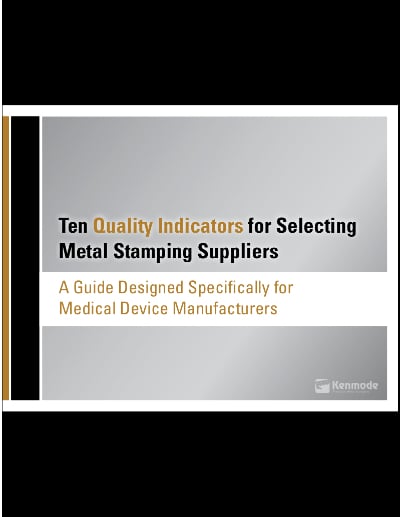This is the fifth in Kenmode's blog article series entitled "10 Metal Stamping Quality Indicators for Medical Device Manufacturers" to help medical device manufacturers evaluate the level of quality in their metal stamping suppliers. The series will consist of 10 articles, published weekly. Each article will focus on a single quality indicator.
In the quality planning process, medical device manufacturers should look for metal stamping companies that understand and adhere to their specific quality practices. Quality-minded metal stampers will:
- Ensure that correct tooling parameters are established from the outset
- Define control plans
- Conduct initial capabilities studies to determine that the process is stable
- Confirm consistency in production runs on a continual basis
Best practices include:
DQ/IQ/OQ/PQ
Although the general validation and verification methods that many metal stamping companies use can apply to all sorts of industries, medical device manufacturers favor DQ/IQ/OQ/PQ, which relates to verification and validation of both design activities and manufacturing process development to ensure that the device will function as specified. The DQ/IQ/OQ/PQ processes must be properly and thoroughly implemented to meet the requirements of the ISO 13485 medical device standard. This dictates very specific requirements for Product Realization, in particular the validation and verification requirements necessary in the design phases of the launch process as well as the manufacturing process development. The validation process consists of identifying and testing all aspects of a process that could affect the final test or product. Prior to the testing of a process, the system must be properly qualified. Metal stamping providers are primarily involved with Installation Qualification, Operational Qualification and Performance Qualification, although they should demonstrate an understanding of the entire process. Qualification includes the following steps:
Design Qualification (DQ)
Design Qualification (DQ) defines the functional and operational specification of the instrument, program, or equipment and details the rationale for choosing the supplier.
Installation Qualification (IQ)
Installation Qualification (IQ) demonstrates that the process or equipment meets all specifications, is installed correctly, and all required components and documentation needed for continued operation are installed and in place. IQ activities also include the implementation of a proper and accurate gaging system for the products to be produced. Measurement System Analysis (MSA) – including GR&R - must be used to determine the appropriateness of the gaging systems in place.
Operational Qualification (OQ)
Operational Qualification (OQ) demonstrates that all facets of the process or equipment are operating correctly and will produce acceptable results as well as establishes limits (worst case) of the process parameters.
Performance Qualification (PQ)
Performance Qualification (PQ) demonstrates that the process or equipment performs as intended in a consistent manner over time.
Read the entire blog series to learn more about the 10 Quality Indicators for Selecting Metal Stamping Suppliers:
Indicator #1 - Top Management Commitment and Company-Wide Engagement in Quality
Indicator #2 - Adherence to Global Quality Standards ISO 9001 and ISO 13485
Indicator #3 - In-House Engineering, Design, and Tool Build Expertise


